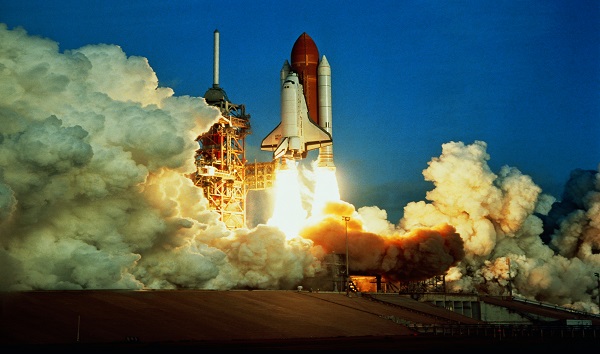(NEW YORK) — NASA has released images showing where it believes Russia’s failed Luna-25 spacecraft crashed into the surface of the moon two weeks ago.
NASA said its Lunar Reconnaissance Orbiter (LRO) operations team used estimates of the impact point published by Russia’s space agency, Roscosmos, on Aug. 21, two days after the crash. The team then sent instructions to the LRO spacecraft to capture images of the area, which it did last week.
When the LRO team compared the new images to ones that were taken before the impact, in June 2022, they found a new crater.
“Since this new crater is close to the Luna-25 estimated impact point, the LRO team concludes it is likely to be from that mission, rather than a natural impactor,” the agency wrote in a statement.
The new crater is nearly 33 feet wide and is located at about 58 degrees south latitude, on the southwest rim of the moon’s Pontécoulant G impact crater, created millions of years ago, according to NASA.
The Luna-25 impact crater is a little more than 200 miles from where the spacecraft had planned to land, which was at near 70 degrees south latitude.
Russia launched the Luna-25 mission on Aug. 10 in an attempt to return to the moon for the first time since 1976 and intended to land in the lunar south polar region, an area that has been largely unexplored and is believed to contain frozen water. However, Russia’s space agency lost contact with the spacecraft, and it crashed on Aug. 19 at 7:58 a.m. ET, two days before its scheduled landing.
Four days later, India became the fourth country to successfully land on the moon after its Chandrayaan-3 craft touched down in the south polar region, where it was scheduled to remain for two weeks, conducting experiments and gathering data.
The moon is covered with impact craters from asteroids and comets striking the lunar surface, according to the Lunar Planetary Institute. Scientists measure the size and the number of craters in an area to determine their age, which can be as old as three billion years.
While Earth has had its share of impacts from space rocks, those craters are harder to recognize due to weather and the erosion of the Earth’s surface. Because the moon lacks tectonic activity and flowing water, and its atmosphere is negligible, most lunar surface craters are still visible, the LPI said.
Copyright © 2023, ABC Audio. All rights reserved.












